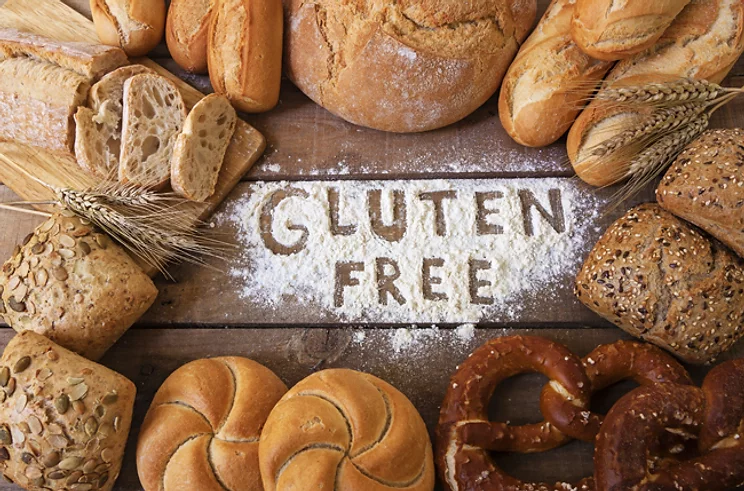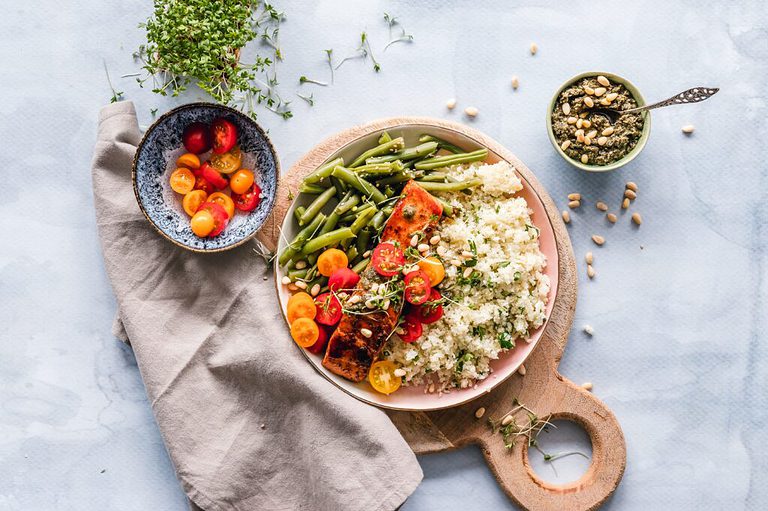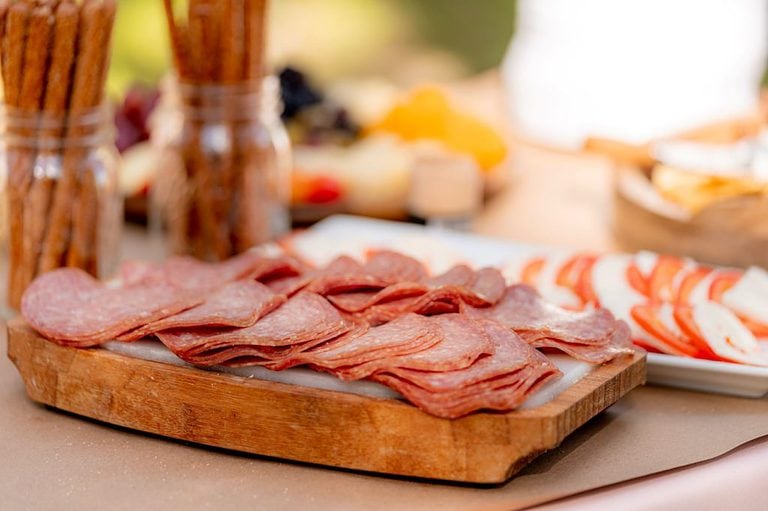Gluten-free diets are one of diets that have received a lot of attention over the past 5 to 10 years. Between the flood of gluten-free products onto the market from muffins to bread and breakfast cereals, alcohol, sausages and ice-cream (a lot of which were gluten-free to begin with… by the way). Plus, a media storm around how cutting out gluten is the key to weight loss and a healthier life. But when you ask someone (who may or may not be voluntarily removing gluten from their diet) what gluten actually is, your met with blank stares and maybe a few foods that CONTAIN gluten. For a funny rendition of this situation see this YouTube video for a giggle.
So what is gluten?
Gluten is a name for a group of proteins that are responsible for foods maintaining their shape best described as that sticky stretchy sensation you get when you knead bread or pizza dough.
Gluten is found in grains: in particular, wheat, triticale, spelt, barley, rye and oats (in Australia). These proteins are therefore found in a range of foods from pasta, bread, porridge, breakfast cereals and beer – just to name a few, with numerous products containing unexpected gluten.
What is Coeliac Disease?
Coeliac disease is an auto-inflammatory auto-immune disorder which results in the abnormal functioning of the immune system which causes the body to launch a response to gluten when eaten which causes harm to the body. Coeliac disease results in an inflammation of the small intestine and the subsequent destruction and flattening of the individual finger-like projections from the intestinal wall that are responsible for nutrient absorption, often leaving those undiagnosed with deficiencies. Upon commencement of strict gluten-free diet, this allows the intestine to restore.

There is no cure for coeliac disease, only management through a life-long strict gluten-free diet. This is a condition that affects 1 in 70 Australians, however this includes the 80% who remain undiagnosed as they may not experience symptoms of the condition or are unaware that the symptoms they experience may be related to coeliac disease.
Find out more about diagnosis and symptoms from Coeliac Australia.
The availability of gluten-free foods has certainly come a long way over the years which has enabled people with coeliac disease to enjoy a variety of products. However, if you have Coeliac disease, please see a qualified dietitian to ensure that you reach all your nutrient requirements (such as fibre) on this restricted diet.
What is Gluten Intolerance?
Gluten intolerance also known as Non-Coeliac Gluten Sensitivity is often characterised by symptoms such as bloating, abdominal pain, wind, lethargy and bowel changes. It is different to coeliac disease as intolerances involve the irritation of nerve endings, it does not involve an immune or auto-immune response like an allergy or like coeliac disease. These irritated nerve endings (depending on their location) results in the symptoms experienced, however often these are in the gut.
People who are gluten intolerant can eat small amounts of gluten (unlike people with coeliac disease) up to a tolerable level. The tolerance level is very individual but it is important to manage symptoms by eating below the threshold yet ensure you can get some of the nutrition that gluten-containing foods offer.
Is going gluten-free healthier?
Those who restrict gluten can have diets low in fibre due to the modifications and substitutes used in gluten-free products or avoidance of bread and cereal products which are major sources of whole grains in the diet. Diets may also be higher in sugar, often as a result of the addition of sugar to gluten-free products to make them taste good due to the loss of the elasticity and mouth-feel that gluten-containing products have (Wild et al., 2010).

This means, if you are not gluten-sensitive or do not have coeliac disease, there is no benefit in choosing a gluten-free product over a gluten-containing equivalent. You are probably eating more sugar and less nutrition for no medical reason.
My thoughts on gluten-free diets
I feel that whilst the recent surge of gluten-free products and increased awareness of the diet, the reason behind its need has not been as popularised. The rise of the gluten-free diet from celebrities and other fad diet sources has perhaps dampened the importance of maintaining a gluten-free diet for those with coeliac disease or a low-threshold intolerance. When ordering out at a cafe, the request for meals to be made gluten-free or to ensure there is no contamination from other sources may not be taken as seriously by food service staff with the thought that these requests are just from another fad diet follower.
If you don’t need to miss out on gluten, then simply don’t, you are not doing yourself any favours for your health, in fact, you may be reducing the quality of your diet.
References
- “Coeliac Disease – Coeliac Australia.” Coeliac.org.au. N.p., 2017. Web. 20 Oct. 2017.
- Wild, D., Robins G G., Burley V J., Howdle, P D. (2010) Evidence of high sugar intake and low fibre and mineral intake in the gluten-free diet. Alimentary Pharmacology & Therapeutics. (32):4.







